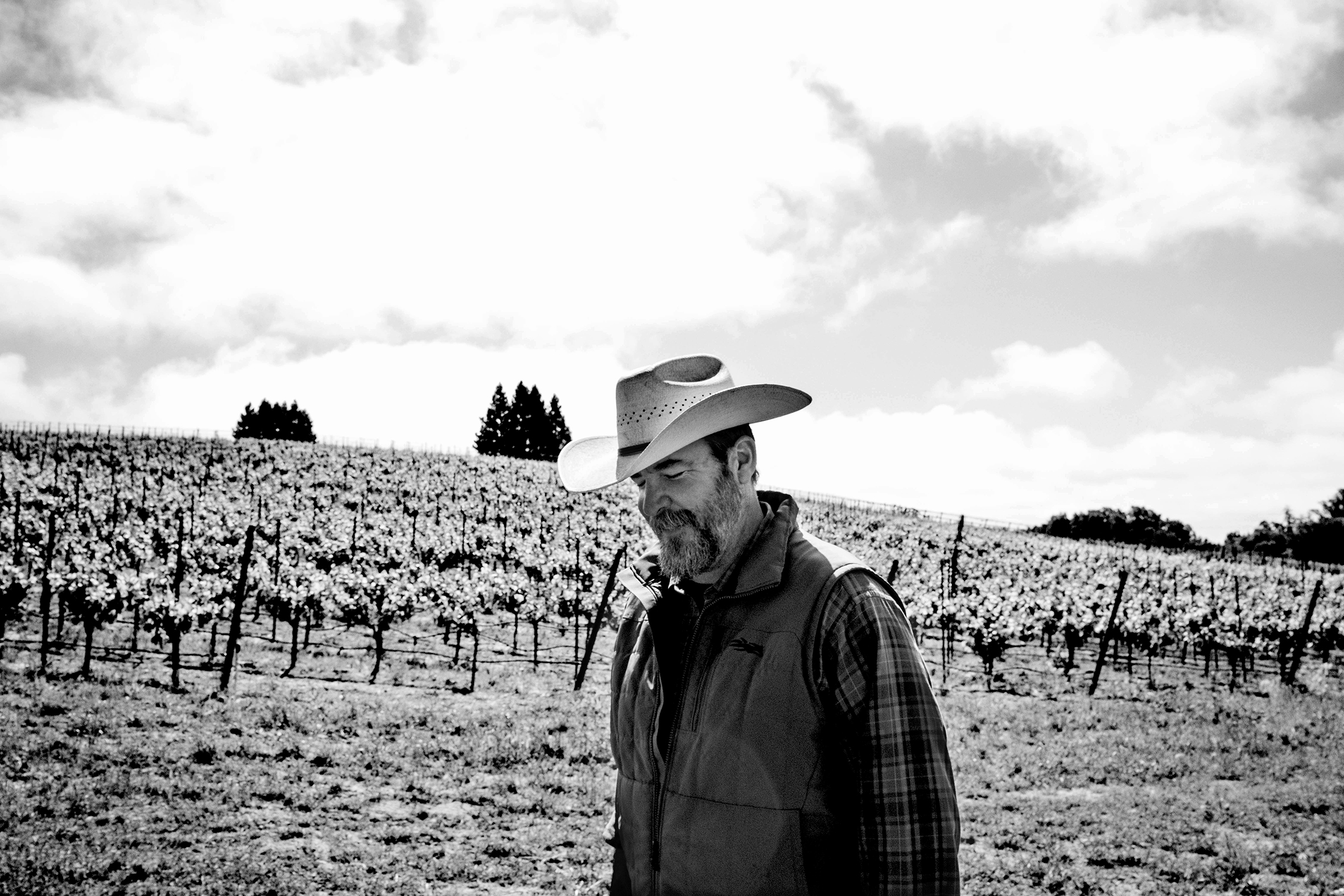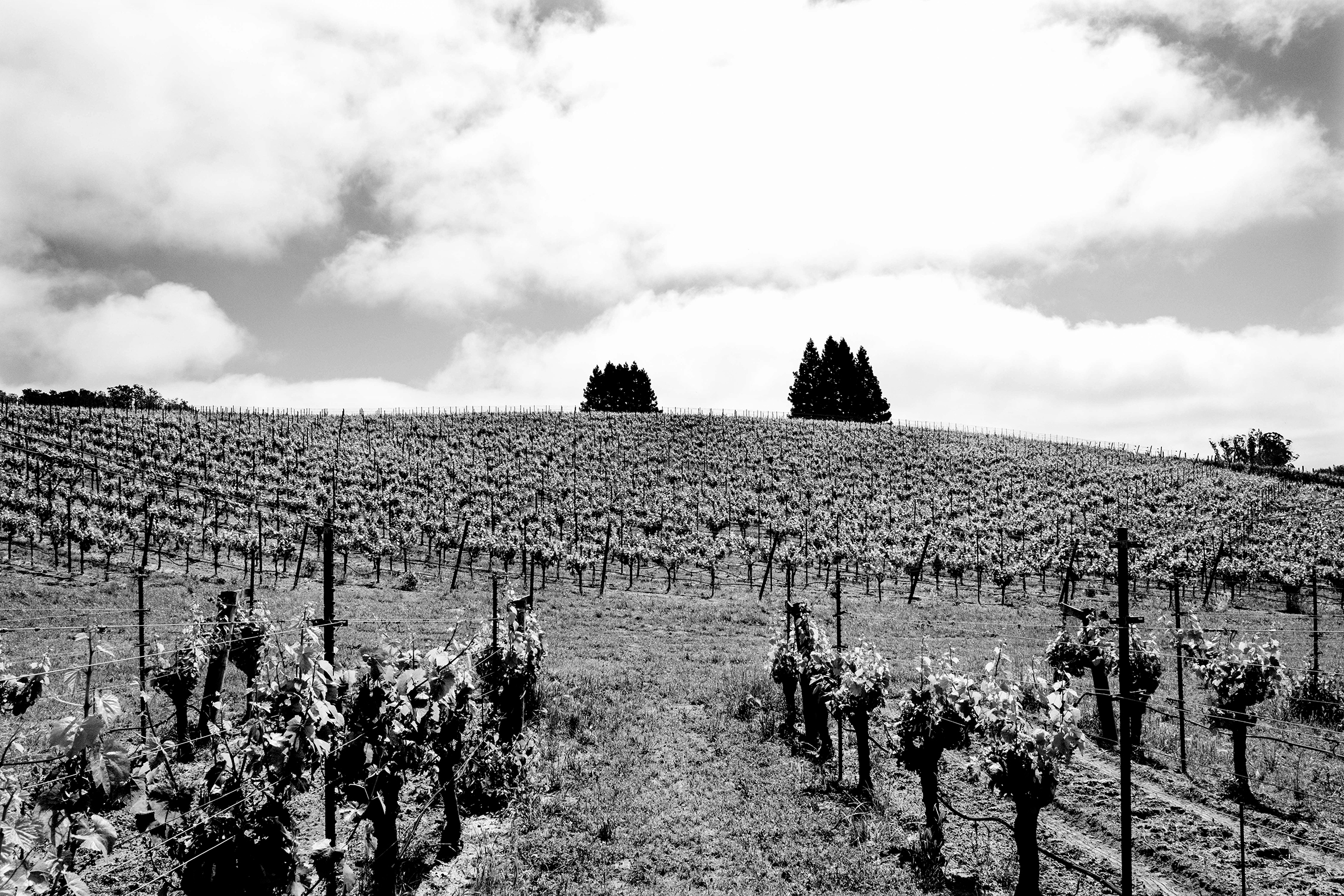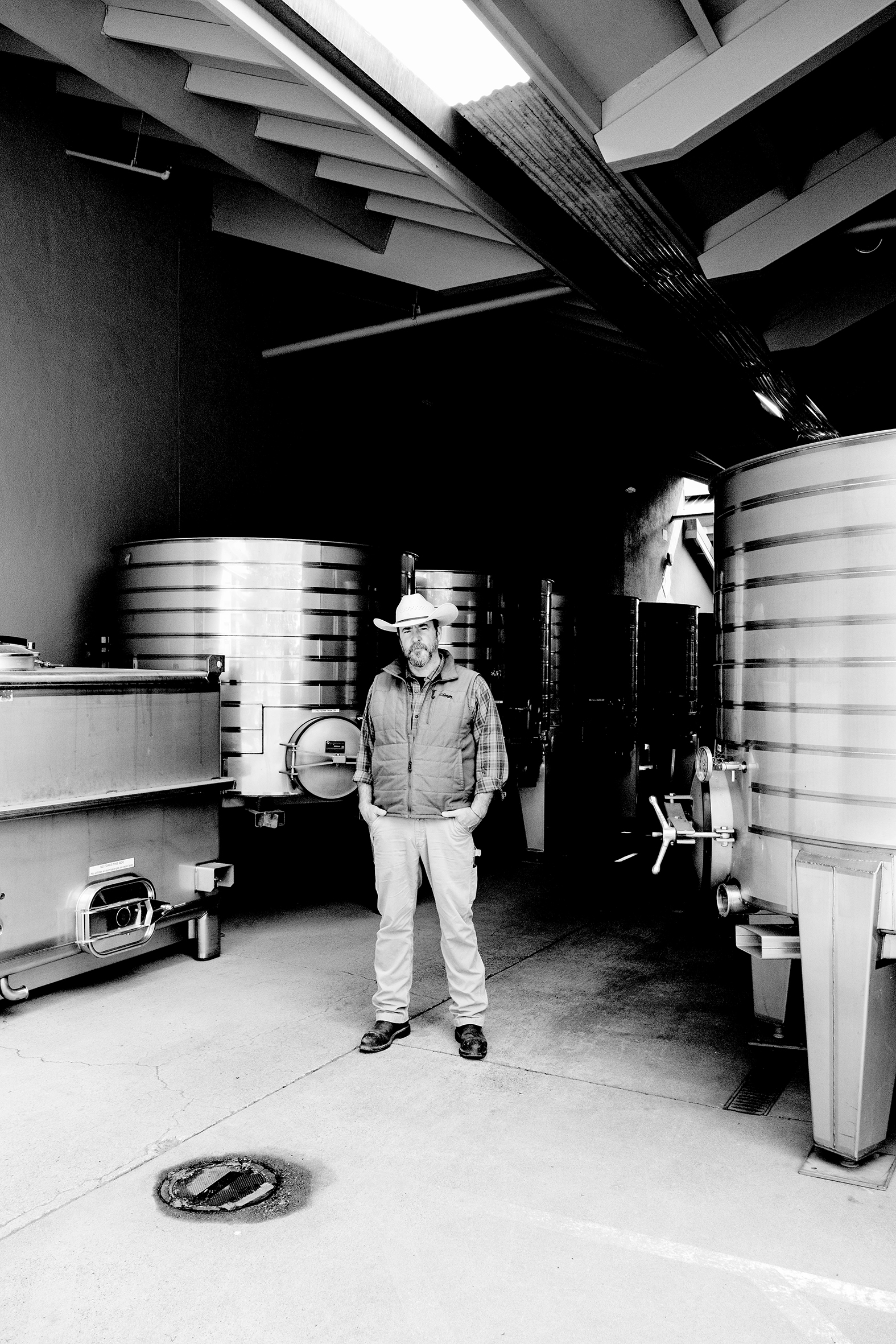15th Jun 2023
“I'd never heard the term ‘heat dome’ until 2021,” Kistler Vineyards’ winemaker and president Jason Kesner told me last month as I sat to taste his line-up of soon-to-be-released 2021s.
Neither had I. But as a resident of Napa Valley, I became all too familiar with the term in 2021 and again in 2022.

Beyond the Heat Dome
What’s a heat dome?
“In the summer of 2021, the Northwest experienced record-breaking high temperatures from late June through mid-July,” comments the USDA Climate Hubs website in a dedicated article on the phenomena. “The heat wave affected Oregon, Washington, Idaho, northern California, western Nevada, and British Columbia. Temperature records were broken by several degrees in many cities in the Northwest. In 2021, it was one of the most extreme events recorded globally. The regional average daily maximum temperature was nearly 30°F hotter than the mean of the hottest 3 months in the previous decade, and the highest temperature was 61°F hotter (see map below, note map is in Celsius). ... This heat wave, or heat dome, was caused by several factors coming together.”
In a nutshell, sustained, localized high-pressure systems can cause heat domes. The range of circumstances that led up to the 2021 northern California heat dome are complex, Climate Change being a factor, but the heat dome was a direct result of a high-pressure system.
“The high-pressure system also blocked the cooling maritime winds and prevented clouds from forming, allowing the sun to continue to warm the air and land surface,” the USDA Climate Hubs article further states. “As it got hot, that warm air rose and was pushed back down by the high-pressure system, further heating the air. This cycle continued until eventually atmospheric patterns changed and the high-pressure system was able to move on. Analysis from one scientific study of this event shows that climate change played a role in the event’s occurrence.”

Knowing all this, I was pleasantly surprised to discover that most 2021 Sonoma Coast Pinot Noirs and Chardonnays taste like they come from a far cooler vintage than this regional overview suggests.
“Absolutely!” agreed Jason. “See, we really didn't get the heat dome on the Sonoma Coast in 2021. It’s true that, overall, it was the hottest year on record in California, but it was also the coolest summer in San Francisco since 1972. Here things were cool. And we got better rain here in the winter. It was very dry during the growing season but cool. There was a lot of northwest wind force here. It was a mild growing season all the way through. There's an elegance in the wines coupled with a density from the dryness of the vintage.”
The vibrant freshness of these 2021s from Kistler back-up Jason’s comments on the vintage. The finesse, intensity, and tension in the wines suggest a cooler, stretched-out growing season. Furthermore, the bodies and alcohol levels are relatively moderate, with more citrus fruit characters in the whites and red berry profiles in the reds, compared to the tropical fruit and black cherry nature of warmer recent vintages such as 2019 and 2020.



“We're in a pretty good position here,” continued Jason. “We try to dry farm. We don't ask a lot of the vines. Low crops are just fine for us. The vines are getting old and aren’t as fruitful as they used to be. We only needed to hit the vines with 3-5 gallons each during the growing season in 2021. Because it was so cool, there was less evapotranspiration. It was a pleasant growing season for vines and people. And 2021 was such a nice departure from 2020.”
From inception, it was founder Steve Kistler’s intention to make true terroir wines. Therefore, across all their sites, Kistler has propagated the same clone.
“Steve (Kistler) always said, ‘If we're going to make wines of site, let's just use the same clone,’” Jason pointed out. “Our internal Chardonnay clone is a Hyde selection of Old Wente clone. Steve and Larry (Hyde) traded back and forth for many years, and now I do the same with Chris Hyde. It is a heritage clone from the Livermore selection, and it has adapted to California conditions. Everyone jumped on board with the Dijon clones when they arrived, which emphasized more sugar and less acid. But we need the opposite here.”
As for the winemaking, 2021 was business as usual at Kistler.
“All the wines remain unfined and unfiltered. No added acid is needed. We tend to pick a few days earlier, mainly because I hate to add anything. When the stars align—simultaneous sugar, pH, and flavor ripeness—then you don't need to add anything in the winery. Not a lot has changed from when Steve was here. Maybe we pay a little more attention to the pH and use a little less new oak. Now all the wines have around 38% new oak instead of 40-45%. That they are all treated the same makes it clearer to see the terroir.”
The first offer on Kistler’s 2021s will be in August, with a second offer coming out in January 2024.
–
Article & Reviews by Lisa Perrotti-Brown MW
Photography by Johan Berglund

PRODUCERS IN THIS ARTICLE
> Show all wines sorted by scoreMore articles

Cathiard Vineyard New Releases
02nd May 2024
3 tasting notes

Bordeaux 2023 Preliminary Vintage Report and Reviews from Barrel
29th Apr 2024
56 tasting notes

2021 Bordeaux in Bottle and A Modest Proposal
24th Apr 2024
599 tasting notes

Pilcrow’s New Releases
18th Apr 2024
7 tasting notes
Show all articles